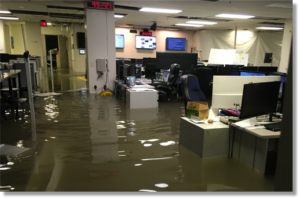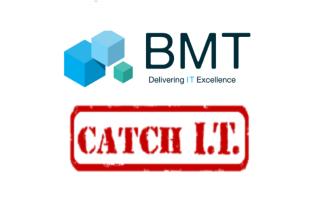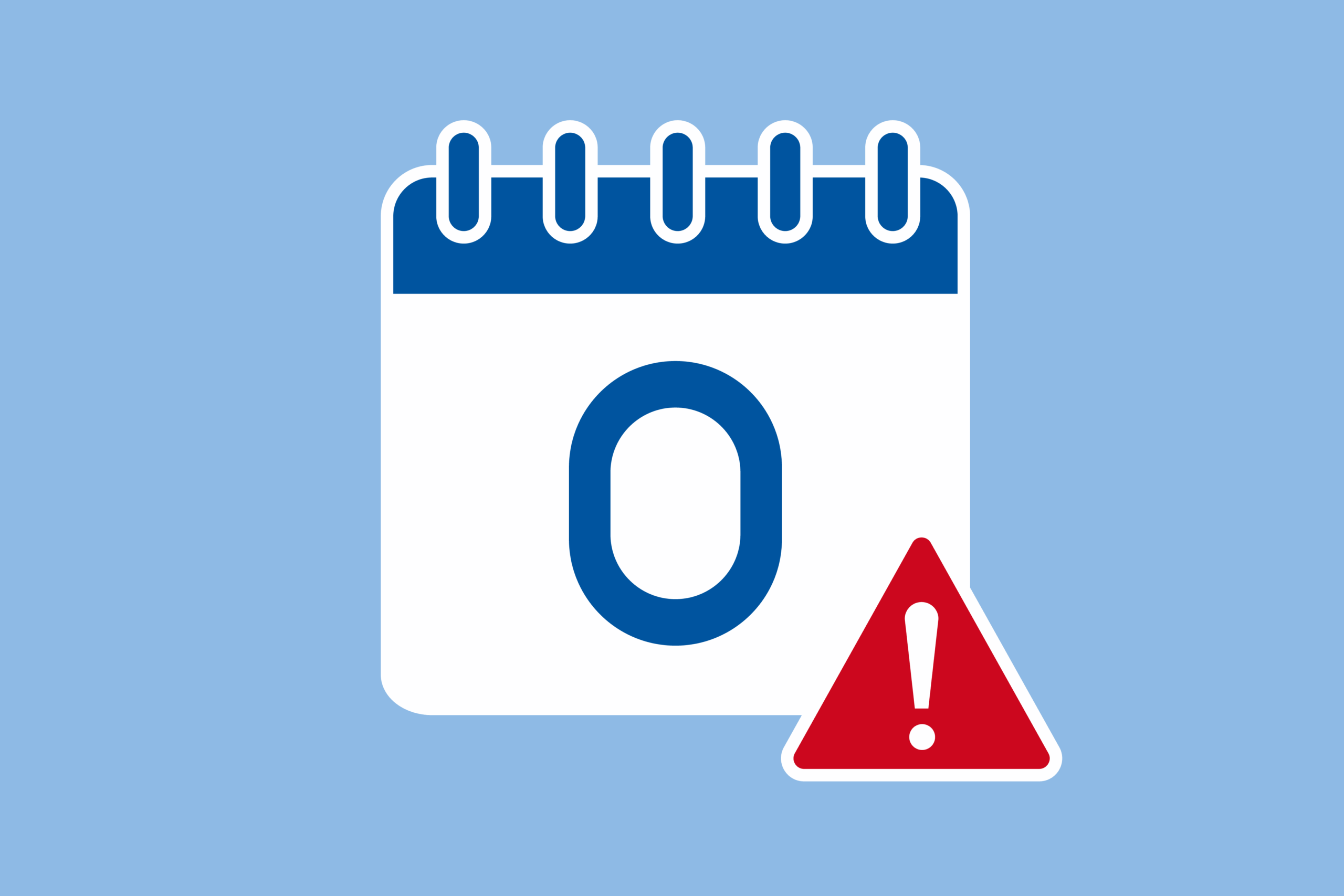Disaster #1 – Flood
The severity and length of business disruptions caused by flooding can vary considerably. Even a relatively small flood can have a very disruptive impact on a business, putting some or all of a business’s technology infrastructure out of commission. To be prepared for extended or permanent facility damage, businesses should:
Maintain continuous off-site backup of data, applications, and server images
Sending data offsite ensures a copy of your critical data is available in the event of a disaster at your primary site, and it is considered a best practice in disaster recovery planning. One of the safest, most affordable options to keeping your data safe is backing up to the cloud. A smart alternative to storing data on your office computers or tape drives, the cloud offers many benefits:
- Affordability – No expensive equipment to purchase or install. You also don’t have to deal with routine maintenance or repairs.
- Ease of Use – No hours of training needed! One set up, you just need to decide how often data will be saved. Whether it’s hourly, weekly or any other interval you need, the rest is done automatically from that point on.
- Scalability – Cloud backup easily grows and evolves with your business.
- Speed – Accessing data in the cloud takes only a few minutes, recovering data following a loss is equally fast and efficient.
If you don’t have a copy in the cloud, make sure sure to take a backup tape or Network Storage Device home. If you need assistance with backing data up or creating a disaster recovery plan, contact a member of the BMT team.
Flood Facts:
- Floods are the most widespread natural disaster aside from wildfires. 90% of all U.S. natural disasters declared by the President involve some sort of flooding.
- A car can be taken away in as little as 2 feet of water.
- Buildings should be at least 3 feet above the Base Flood Elevation (BFE) to account for higher-than-expected flood levels.





